Home>Renovation & DIY>DIY Projects & Ideas>What Gauge Wire For Small DIY Projects
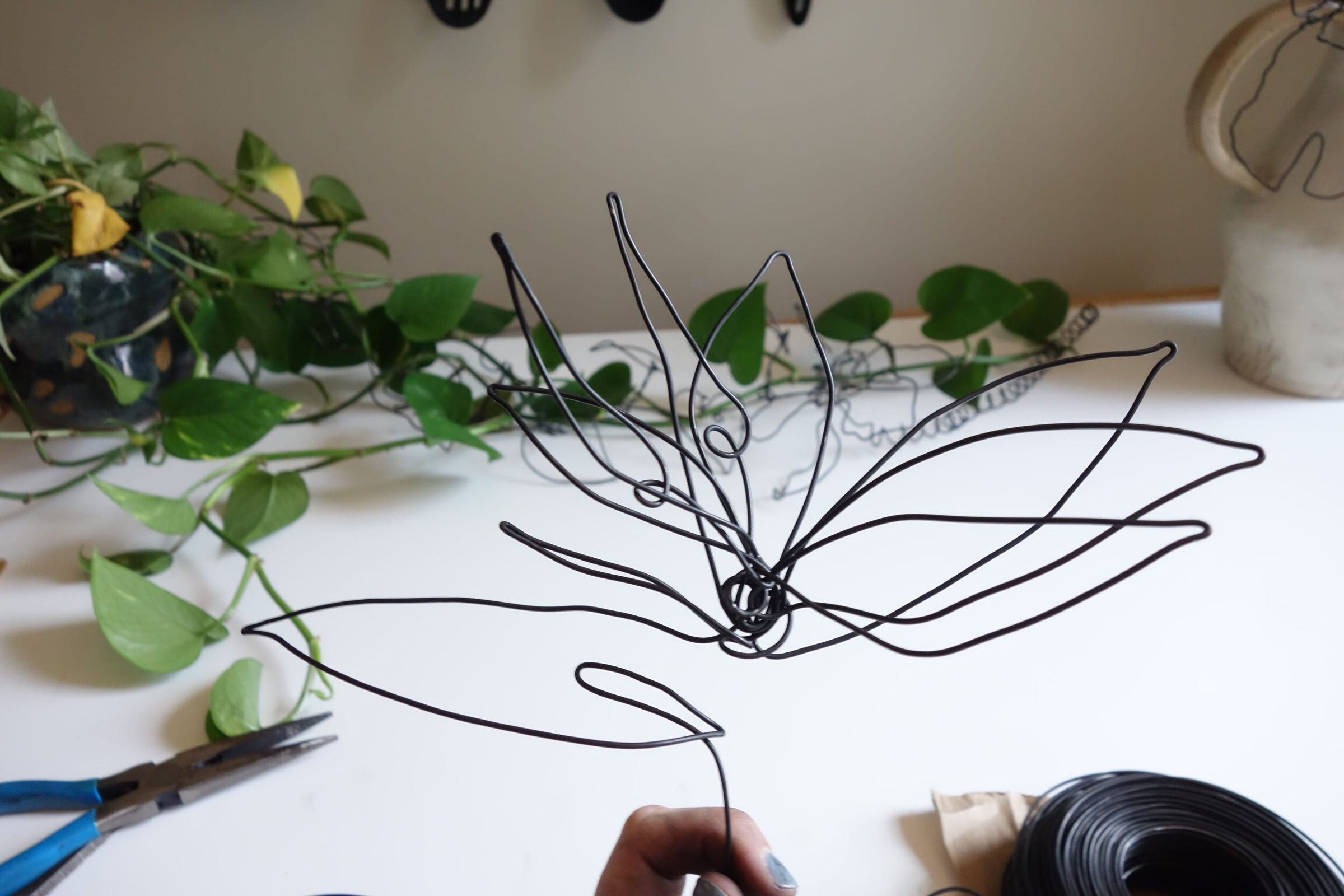

DIY Projects & Ideas
What Gauge Wire For Small DIY Projects
Modified: January 19, 2024
Find the right gauge wire for your small DIY projects with our helpful guide. Explore DIY project ideas and tips for choosing the best wire.
(Many of the links in this article redirect to a specific reviewed product. Your purchase of these products through affiliate links helps to generate commission for Storables.com, at no extra cost. Learn more)
Introduction
Read more: What Gauge Is A Lamp Wire?
Understanding the Importance of Choosing the Right Wire Gauge for Small DIY Projects
When it comes to tackling small DIY projects, the choice of wire gauge plays a crucial role in ensuring the success and safety of your endeavors. From crafting personalized jewelry to assembling electronic gadgets, the selection of the appropriate wire gauge is essential for achieving the desired outcome.
In the realm of DIY projects, wire gauge refers to the measurement of a wire's diameter. The gauge number is inversely proportional to the thickness of the wire, meaning that the higher the gauge number, the thinner the wire. Understanding the nuances of wire gauge is pivotal for selecting the right type of wire to match the specific requirements of your project.
Choosing the correct wire gauge is not just about ensuring that the wire fits into the designated space; it also directly impacts the functionality and safety of the project. Using an inadequate wire gauge can lead to inefficiencies, overheating, and even safety hazards. Conversely, opting for a wire that is too thick may result in unnecessary bulk and difficulty in manipulation, especially for intricate projects.
In this comprehensive guide, we will delve into the intricacies of wire gauge and its significance in small DIY projects. By exploring the common small DIY projects and their recommended wire gauges, you will gain valuable insights to empower your DIY endeavors. Let's embark on this journey to unravel the art and science of choosing the right wire gauge for your small-scale projects.
Key Takeaways:
- Choosing the right wire gauge is crucial for small DIY projects, impacting safety and functionality. Consider electrical needs, flexibility, environment, and space constraints when selecting the appropriate wire gauge.
- Different small DIY projects require specific wire gauges. For jewelry making, use higher gauge wires (20-28 AWG), while woodworking projects benefit from lower gauge wires (16-20 AWG). Matching wire gauge to project needs enhances functionality and durability.
Understanding Wire Gauge
Wire gauge is a crucial element in the realm of DIY projects, as it directly influences the performance and safety of electrical and craft-based endeavors. The gauge of a wire is determined by its diameter, with lower gauge numbers representing thicker wires and higher gauge numbers indicating thinner wires. This measurement is derived from the American Wire Gauge (AWG) system, which is widely used in the United States for standardizing wire sizes.
It’s important to note that as the gauge number increases, the diameter of the wire decreases. For instance, a 10-gauge wire is substantially thicker than a 20-gauge wire. This inverse relationship is a fundamental aspect of understanding wire gauge and its implications for various DIY projects.
When selecting a wire for a DIY project, it’s essential to consider the electrical conductivity, current-carrying capacity, and resistance of the wire. Thicker wires with lower gauge numbers offer lower electrical resistance and can carry higher currents without overheating. Conversely, thinner wires with higher gauge numbers are suitable for low-power applications and intricate craft projects.
Furthermore, the choice of wire gauge is influenced by the specific requirements of the project, including the intended use, environmental factors, and the need for flexibility or rigidity. Understanding the characteristics of different wire gauges empowers DIY enthusiasts to make informed decisions that align with the demands of their projects.
By grasping the significance of wire gauge and its correlation with wire diameter, conductivity, and current-handling capabilities, DIY enthusiasts can navigate the diverse array of wire options with confidence. As we delve deeper into the intricacies of choosing the right wire gauge for small DIY projects, this foundational knowledge will serve as a valuable compass, guiding us towards optimal selections for various crafting and electrical endeavors.
Choosing the Right Wire Gauge for Small DIY Projects
When embarking on small DIY projects, the selection of the appropriate wire gauge is a pivotal decision that can significantly impact the outcome and safety of the endeavor. To make an informed choice, it’s essential to consider several key factors that align with the specific requirements of the project.
1. Electrical Requirements: Assess the electrical needs of the project, including the voltage, current, and power demands. For low-voltage applications such as crafting decorative lighting or assembling electronic prototypes, a higher gauge wire may suffice. Conversely, projects involving higher currents or power transmission necessitate lower gauge wires to ensure efficient conduction and minimal resistance.
2. Flexibility vs. Rigidity: Evaluate the level of flexibility or rigidity required for the wire based on the project’s design and intended use. Flexible, higher gauge wires are ideal for intricate craft projects that demand intricate shaping and maneuverability, while sturdier, lower gauge wires are suitable for structural support and durability in electrical installations.
3. Environmental Considerations: Take into account the environmental conditions to which the wire will be exposed. For outdoor or rugged applications, corrosion-resistant and durable wires with appropriate gauge ratings should be chosen to ensure longevity and reliability in challenging environments.
4. Space Constraints: Factor in the spatial limitations of the project to select a wire that fits seamlessly within the designated areas. Thinner, higher gauge wires are advantageous in compact spaces, while thicker, lower gauge wires may be suitable for projects with ample room for wiring components.
By carefully evaluating these considerations, DIY enthusiasts can make informed decisions regarding the most suitable wire gauge for their small-scale projects. This thoughtful approach not only enhances the functionality and safety of the endeavors but also contributes to the overall craftsmanship and quality of the finished creations.
Common Small DIY Projects and Recommended Wire Gauges
Small DIY projects encompass a diverse range of endeavors, from crafting personalized jewelry to assembling electronic gadgets. Each project has unique requirements that dictate the most suitable wire gauge for optimal performance and safety. Let’s explore some common small DIY projects and the recommended wire gauges that align with their specific needs.
Read more: What Gauge Is Doorbell Wire
Jewelry Making
For crafting delicate and intricate jewelry pieces, such as earrings, necklaces, and bracelets, higher gauge wires in the range of 20 to 28 AWG are commonly utilized. These thin and flexible wires enable precise shaping and intricate designs, allowing artisans to create elegant and detailed adornments with ease.
Decorative Lighting
When designing decorative lighting elements, such as fairy lights or LED sculptures, higher gauge wires within the 22 to 26 AWG range are suitable for connecting individual light components. These wires provide the necessary flexibility for intricate arrangements while accommodating the low-voltage requirements of decorative lighting projects.
Electronic Prototyping
For assembling electronic prototypes and small-scale circuits, a range of wire gauges may be employed based on the specific components and current requirements. Higher gauge wires (22 to 28 AWG) are suitable for signal wiring and interconnections, while lower gauge wires (18 to 20 AWG) may be utilized for power distribution and structural support within the prototypes.
Woodworking and Structural Support
In woodworking projects and structural support applications, lower gauge wires in the 16 to 20 AWG range are commonly utilized to provide robust reinforcement and electrical conductivity. These sturdier wires offer the necessary rigidity and current-carrying capacity to bolster the structural integrity of DIY creations, such as custom furniture and artistic installations.
Read more: What Gauge Is House Electrical Wire
Garden and Outdoor Projects
For outdoor DIY projects, including garden lighting, solar-powered installations, and weather-resistant crafts, corrosion-resistant wires with appropriate gauge ratings are essential. Thicker, lower gauge wires in the 14 to 18 AWG range are often recommended to withstand environmental challenges and ensure reliable performance in outdoor settings.
By aligning the recommended wire gauges with the specific demands of these common small DIY projects, enthusiasts can embark on their creative pursuits with confidence, knowing that their choice of wire will harmonize with the unique requirements of each endeavor. This thoughtful consideration of wire gauge enhances the functionality, durability, and aesthetic appeal of the finished creations, elevating the overall DIY experience.
Conclusion
As we conclude our exploration of wire gauge and its significance in small DIY projects, it becomes evident that the selection of the right wire gauge is a critical aspect of ensuring the success, safety, and quality of DIY endeavors. By understanding the nuances of wire gauge and its implications for various applications, DIY enthusiasts can make informed decisions that align with the specific requirements of their projects.
From jewelry making to electronic prototyping and structural support, each small DIY project presents unique challenges and opportunities that warrant thoughtful consideration when choosing the appropriate wire gauge. By evaluating factors such as electrical requirements, flexibility, environmental considerations, and spatial constraints, enthusiasts can navigate the diverse array of wire options with confidence, knowing that their selections are tailored to the demands of each endeavor.
Furthermore, the seamless integration of the recommended wire gauges with the specific needs of common small DIY projects empowers enthusiasts to embark on their creative pursuits with a solid foundation. Whether it’s crafting intricate jewelry, designing decorative lighting, or assembling electronic prototypes, the harmonious pairing of wire gauge and project requirements enhances the functionality, durability, and aesthetic appeal of the finished creations.
Ultimately, the art and science of choosing the right wire gauge for small-scale DIY projects encapsulate the essence of craftsmanship and innovation. It is a testament to the meticulous attention to detail and the pursuit of excellence that define the DIY ethos. By embracing the significance of wire gauge and its role in shaping the outcome of DIY endeavors, enthusiasts can elevate their creative expressions and forge a path of ingenuity and mastery in the world of small-scale crafting and electrical applications.
As DIY enthusiasts continue to explore new horizons and embark on innovative projects, the knowledge and insights gained from this guide will serve as a guiding light, illuminating the path toward informed decisions and inspired creations. With a deep understanding of wire gauge and its implications, the realm of small DIY projects becomes a canvas for boundless creativity, where the right wire gauge becomes an indispensable tool in the hands of visionary makers and artisans.
Frequently Asked Questions about What Gauge Wire For Small DIY Projects
Was this page helpful?
At Storables.com, we guarantee accurate and reliable information. Our content, validated by Expert Board Contributors, is crafted following stringent Editorial Policies. We're committed to providing you with well-researched, expert-backed insights for all your informational needs.
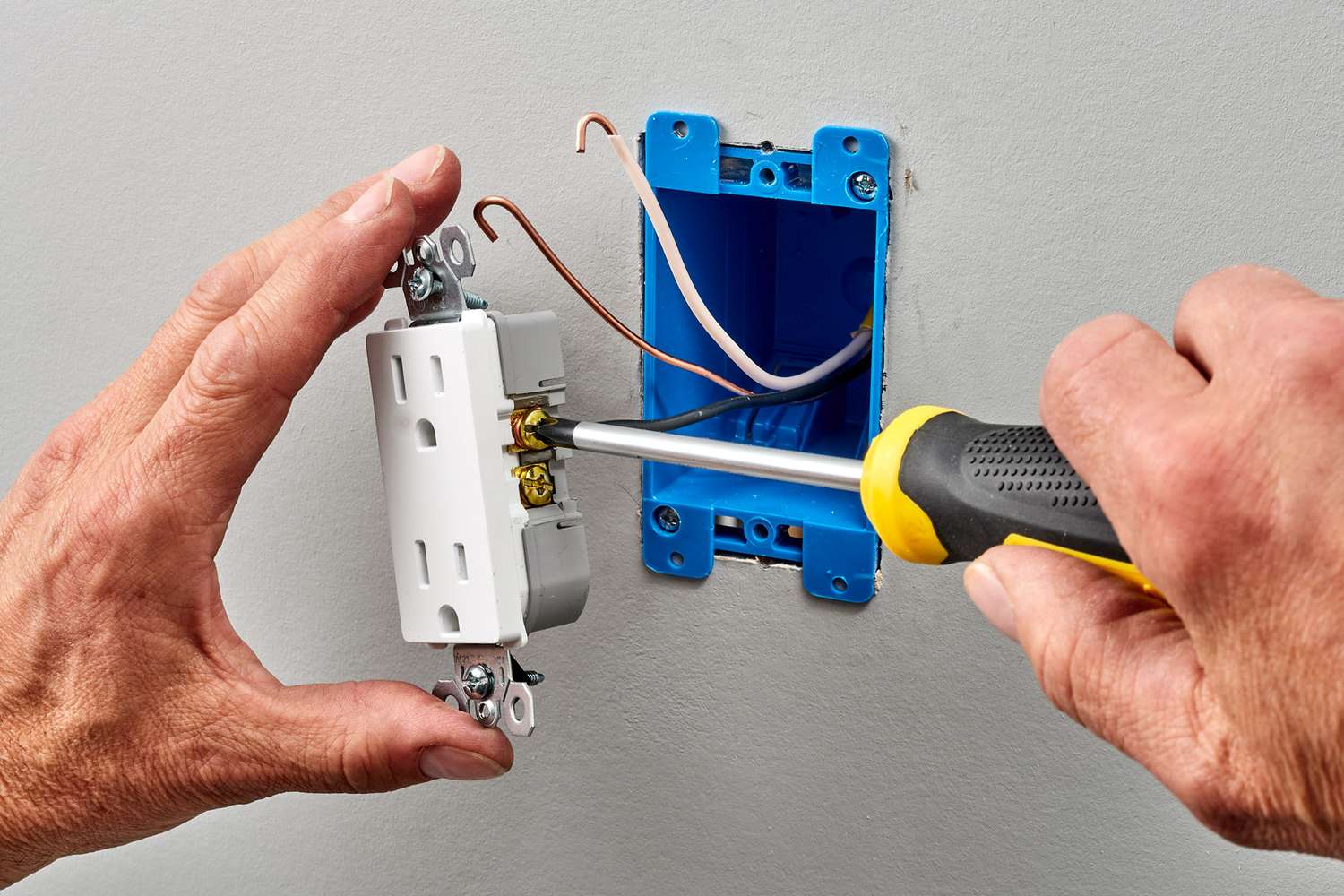
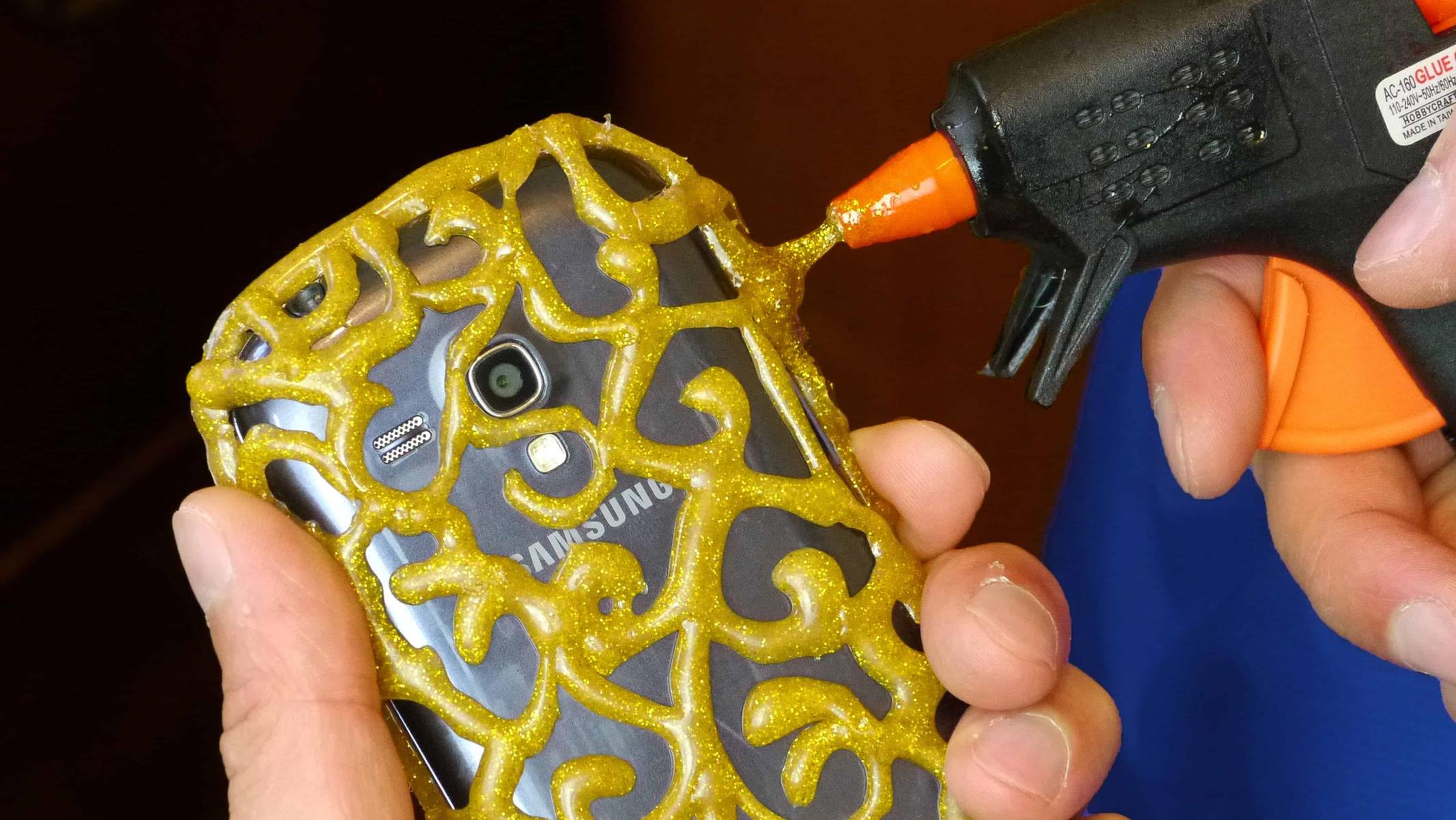

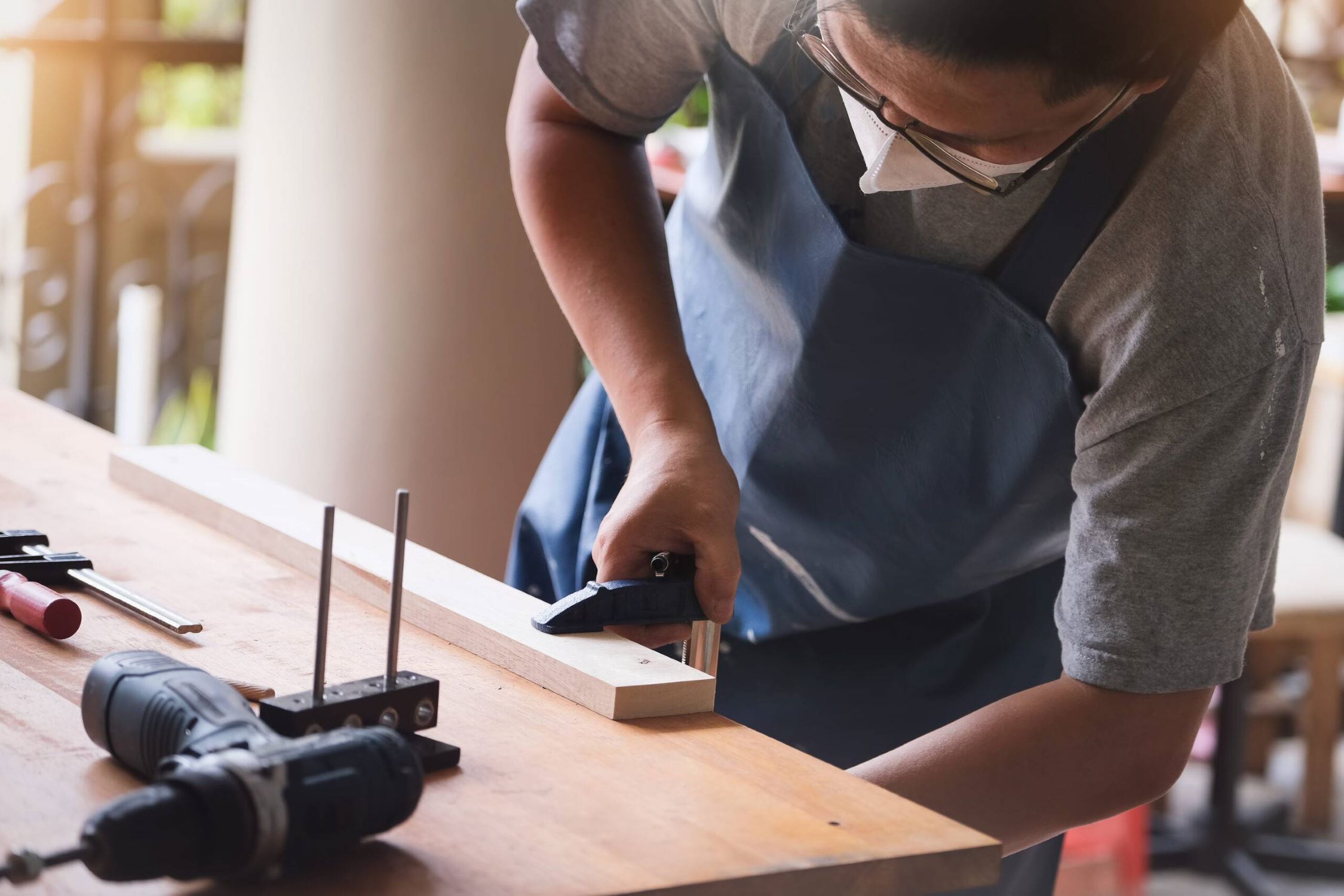
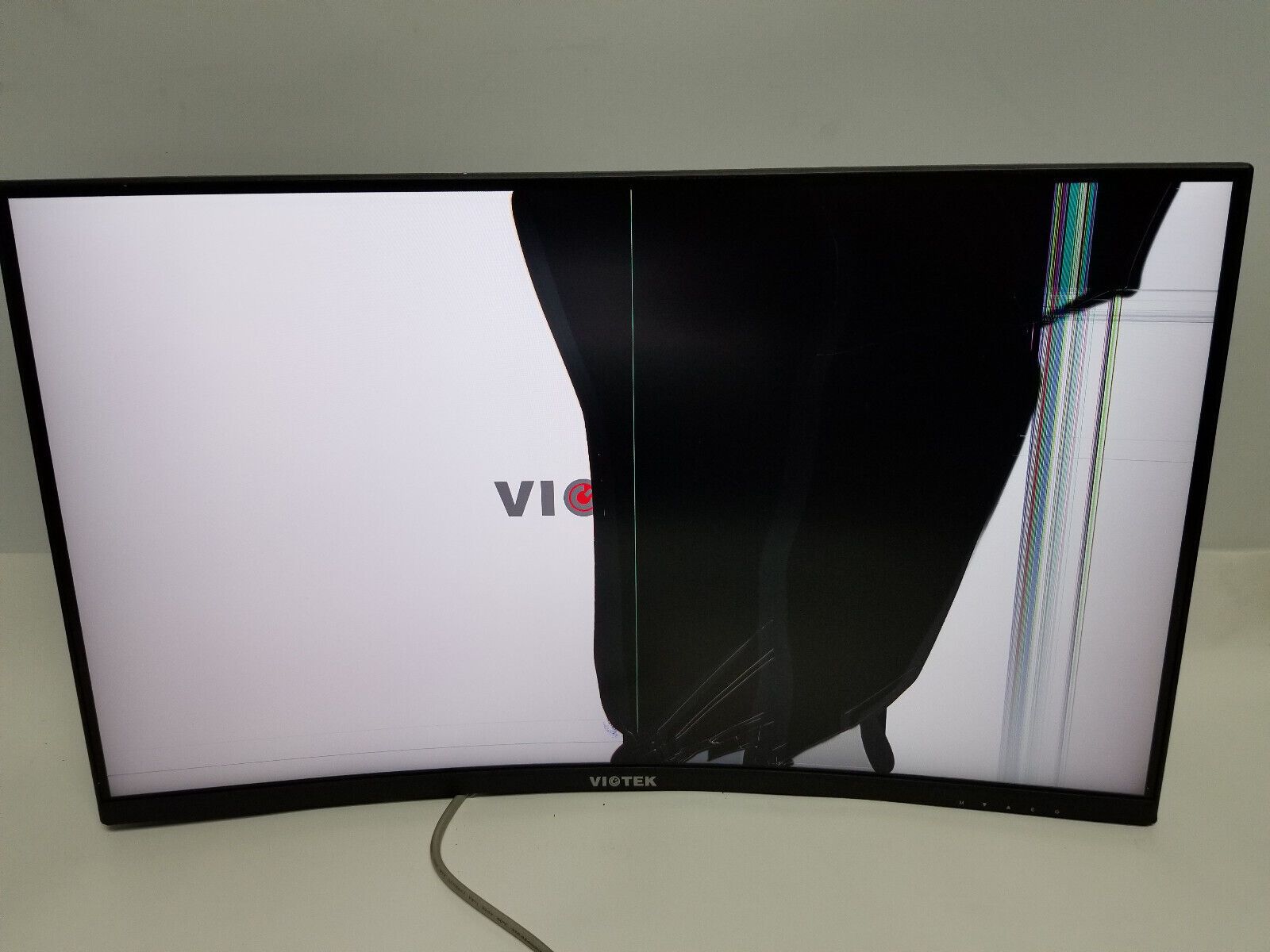
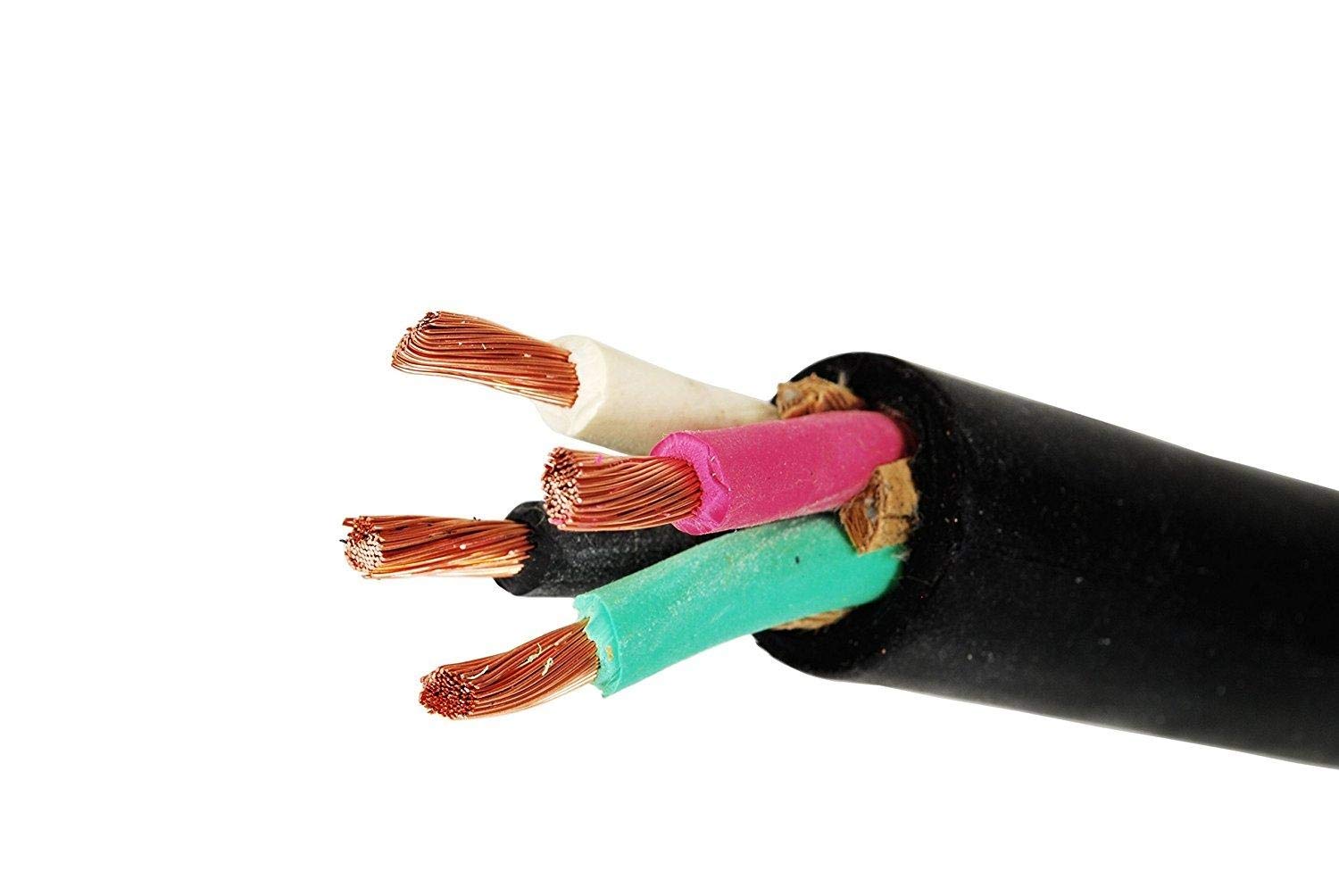
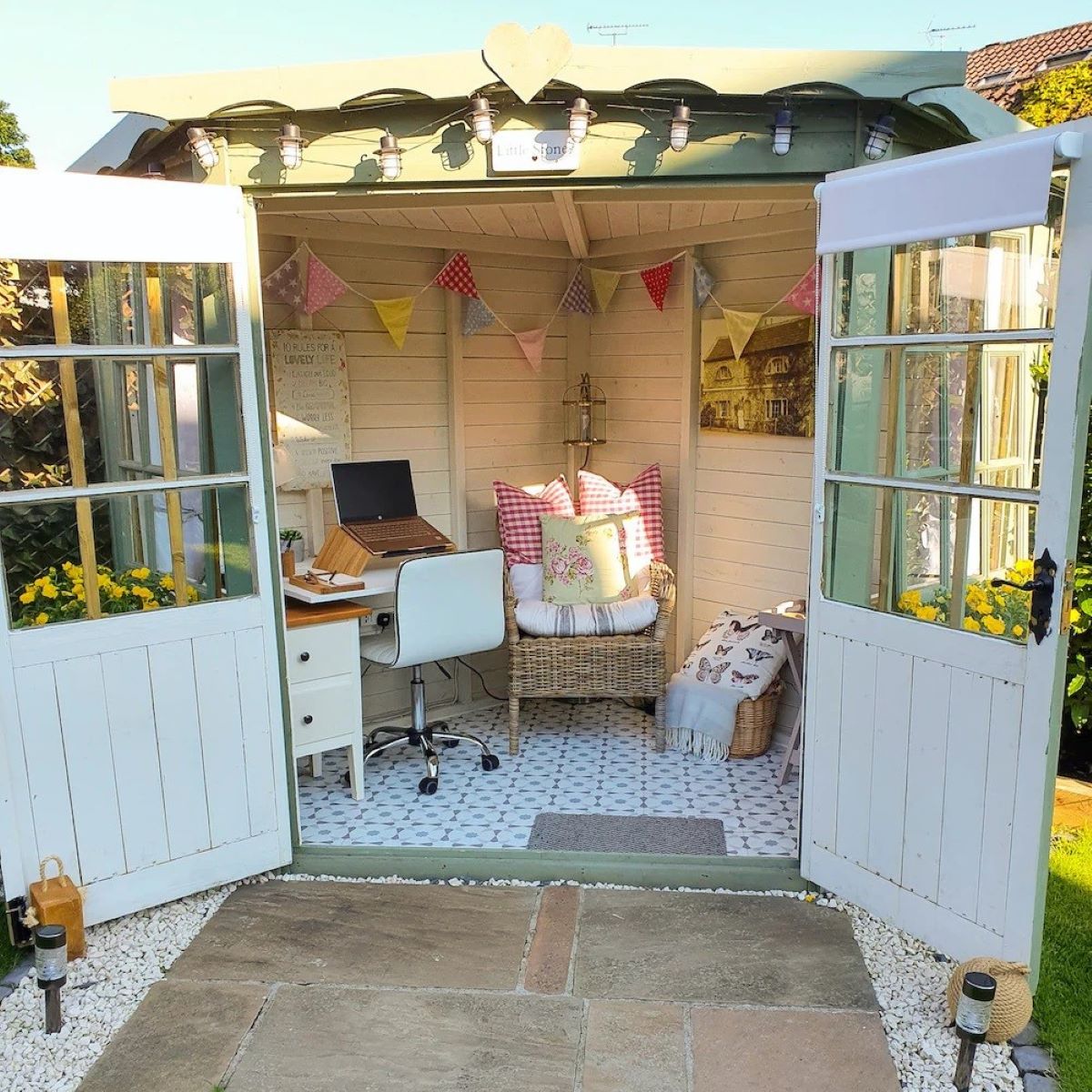
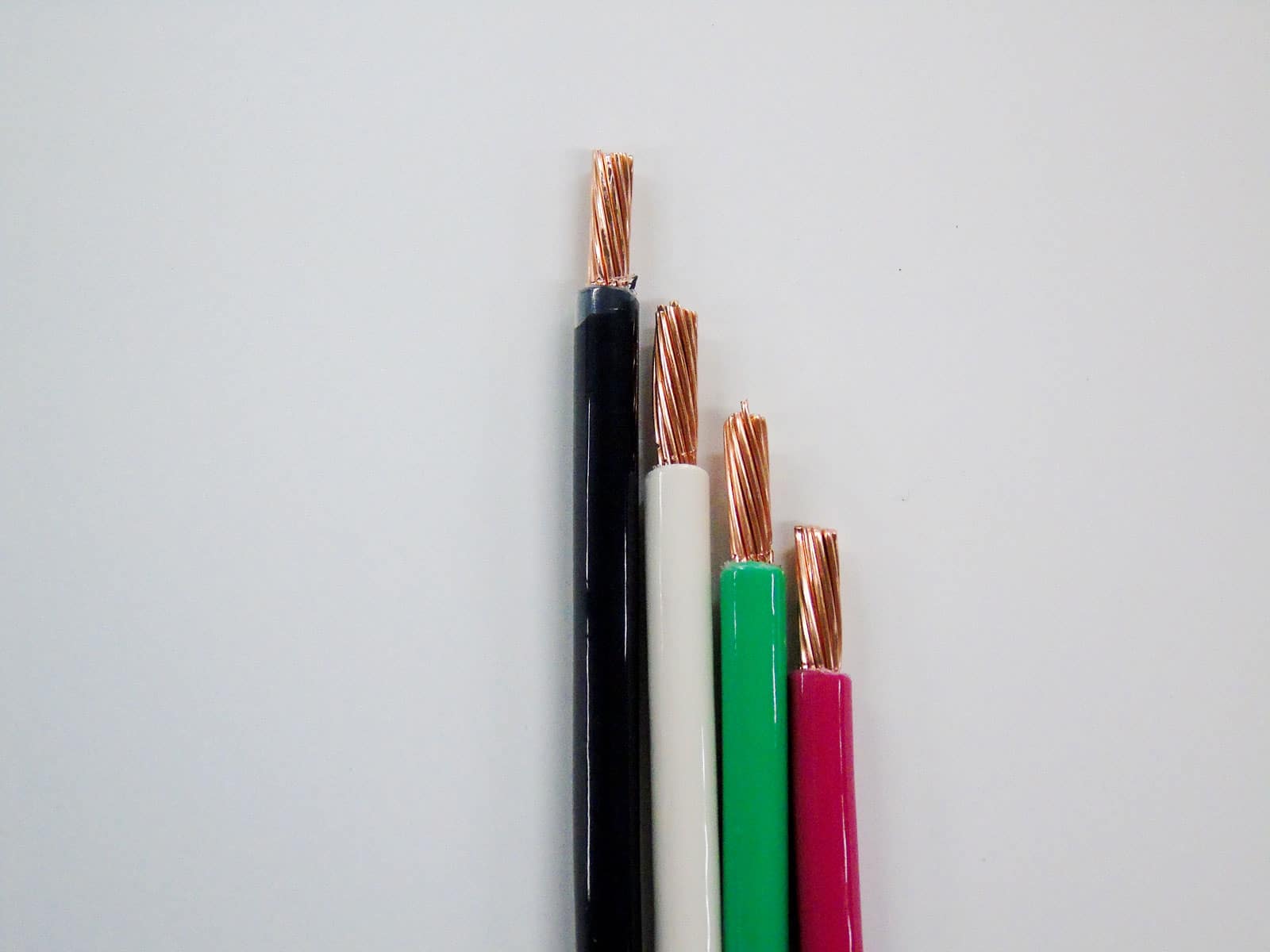

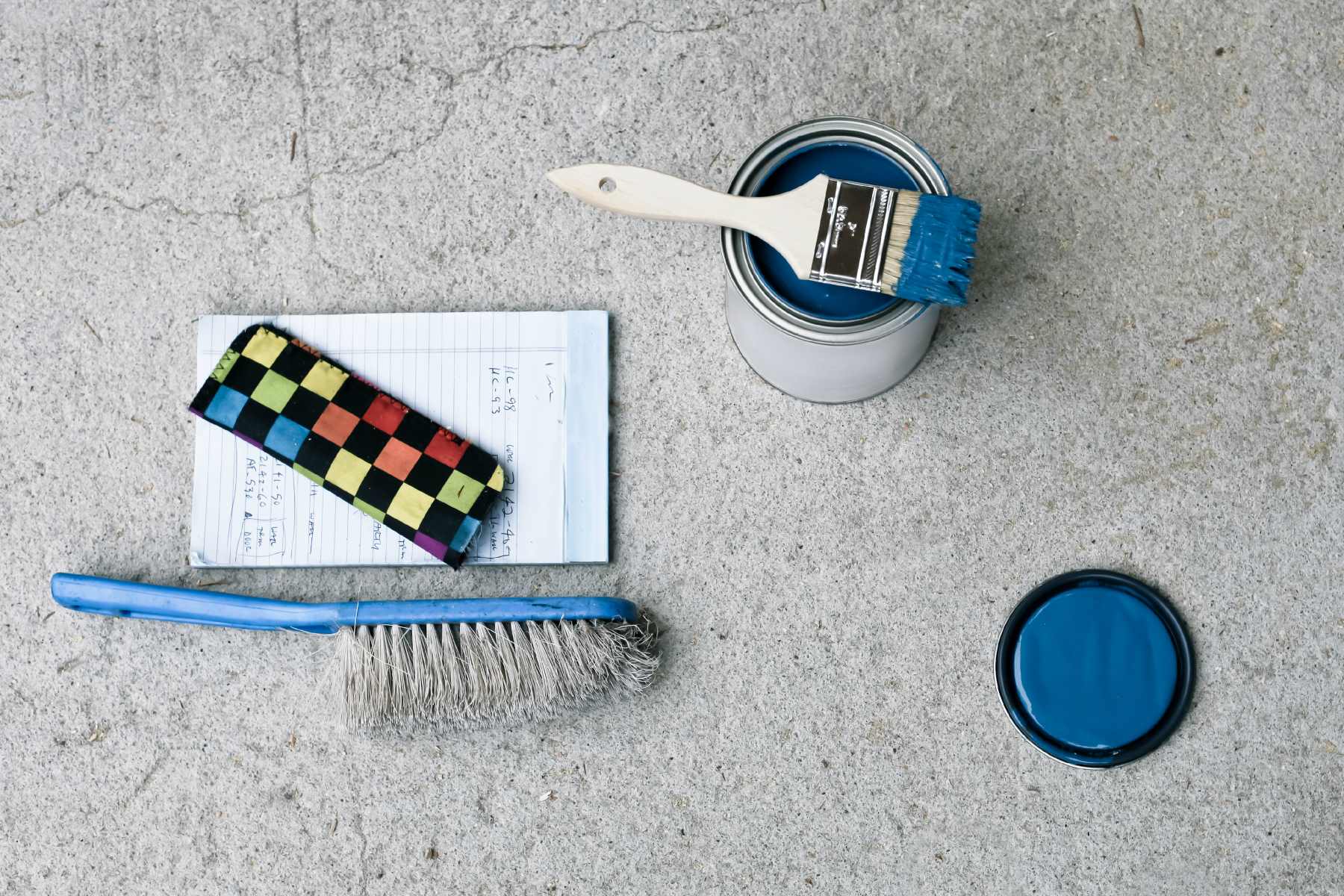
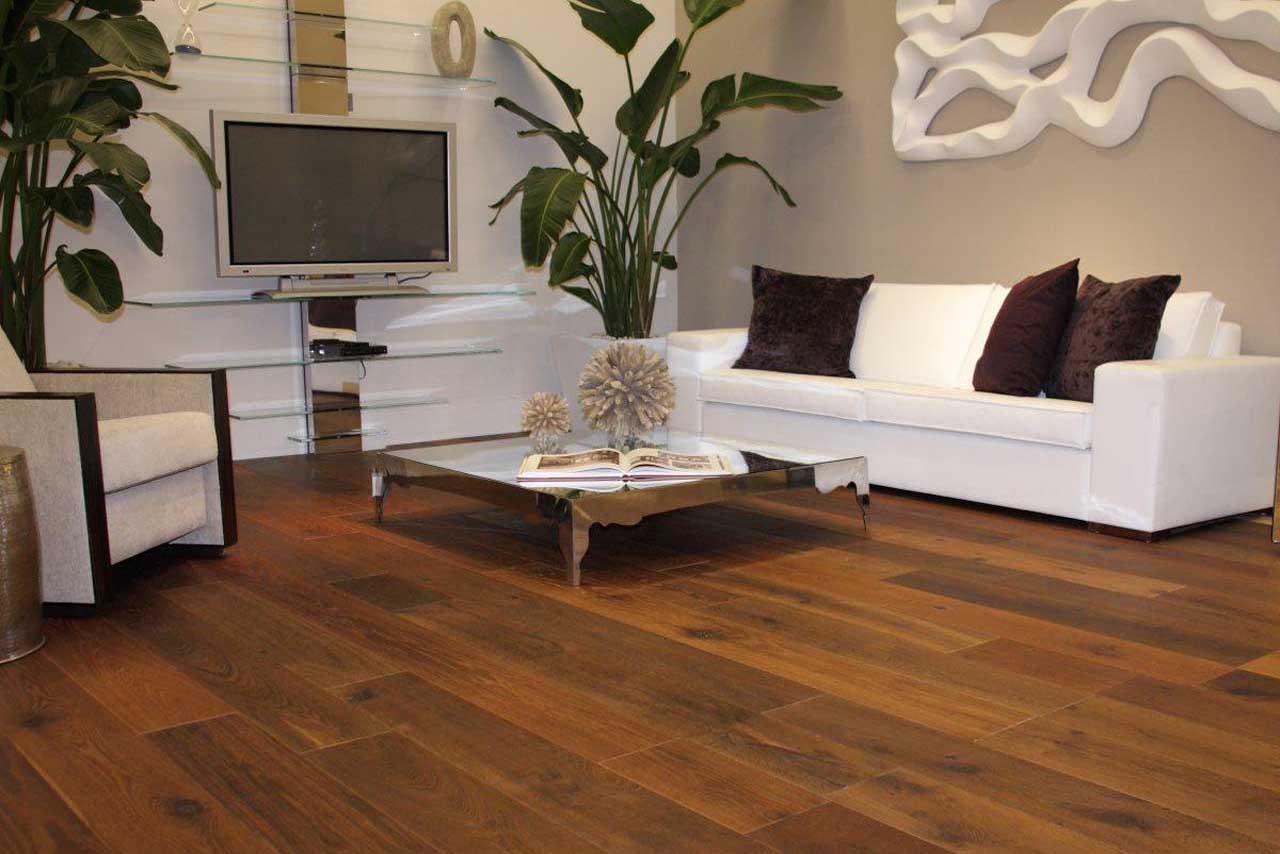

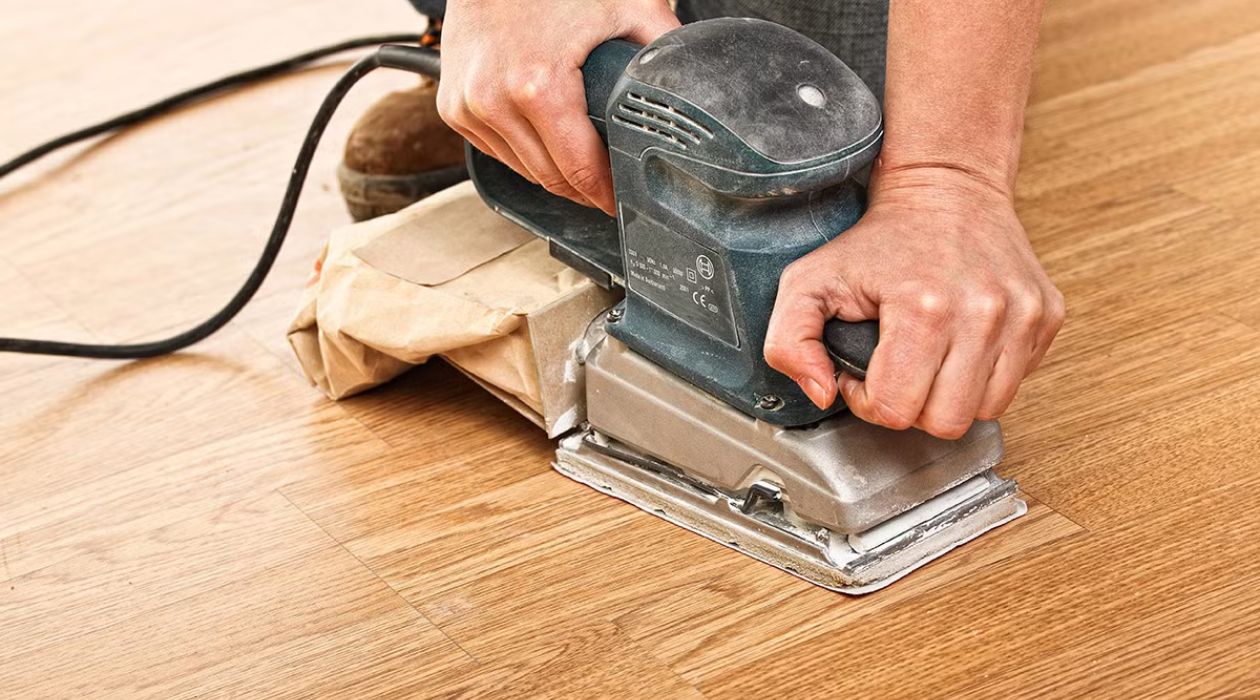

0 thoughts on “What Gauge Wire For Small DIY Projects”